Kopin can pick out the majority of existing VR displays. They believe that LCD displays are inferior to OLEDs, and the current VR displays have too low a resolution, a refresh rate that is too slow, power requirements are too high, and their physical dimensions are too large.
None of the above conclusions are really controversial because VR head-display manufacturers are already solving these problems or even leading a little bit. For example, both Rift and Vive are AMOLED displays, not LCDs; even in the upcoming mainstream headlines, only low-end models will use LCDs. And now everyone agrees that VR needs to last at least 90Hz to be acceptable.
In addition, although both Rift and Vive are wired at this time, the industry has a huge impetus for the development of wireless VR head-mounted display. It is either to calculate all components of the component on board or to rely on a PC with a wireless transmission protocol. Transfer data to the head-mounted display. In either case, low power consumption is a necessary condition.
In order to achieve these characteristics, Kopin believes that their new Lightning microdisplay is the answer. In the press release at the beginning of the year, they said this:
Kopin's Lightning OLED microdisplays try to solve some of the biggest technical hurdles in virtual reality, including the screen window effect due to insufficient resolution, excessive thickness, delay caused by dizziness, and high energy consumption caused by overheating, etc. problem.
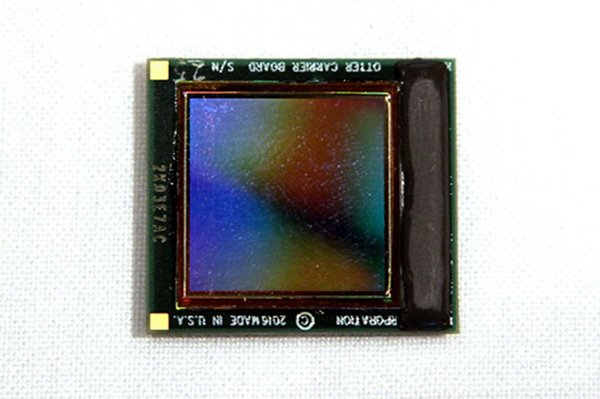
OLED microdisplay directly on silicon
Lightning Microdisplay and Corresponding Optical System
One of Kopin's people listed the issues at the CES conference. They think that in VR, hardware is a very big problem. (He said that this is "the biggest", of course, many people think that content is a bigger problem at present, but obviously, to see where your ass sit) VR heads need to be smaller, in order to do that, they need to A micro-display, and the micro-display can handle VR and AR applications at the same time.
The Lightning display is only one square inch. It is directly on silicon, not glass, so it is called "OLED-on-Silicon". Kopin claims that the glass used by other display makers is made of "cheap" silicon, and it does not matter for larger screens, but problems will appear on small screens. In addition, their solution also uses single-crystal polysilicon with better transistors. One representative said that their strategy also included a road map for improving the product line in the future.
Kopin also claims that they don't care much about brightness, and more importantly, have better colors and darker blacks - and that's what OLEDs do.
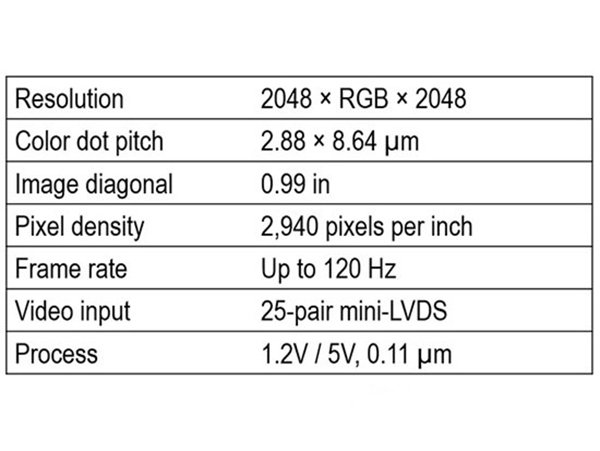

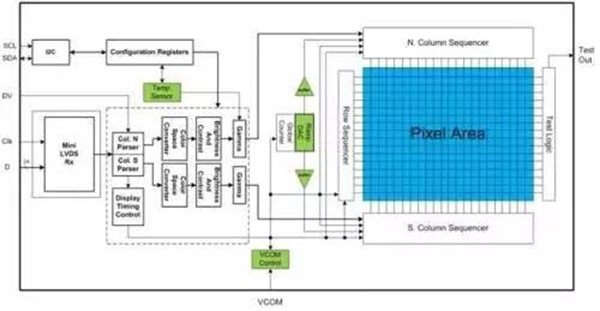
The first generation of Lightning microdisplays can provide a 2048 × 2048 resolution with a “nothing†delay at a 120Hz refresh rate, while the next generation should be able to reach a resolution of 3000 × 3000 or even 4000 × 4000. Kopin said they hope to reduce the current heavy head to the size of the glasses within five years. (Even so, how strong is the graphics hardware then?)
Regarding the "no delay" statement, Kopin said that the Lightning microdisplay has a delay of only 10 microseconds - not to be confused with "milliseconds" and 10 microseconds is equal to 0.01 milliseconds.
Only through the optical system can this micro-display be able to play its role. Kopin is studying two versions: one version uses multi-layered Fresnel lenses that look like terra cotta ceramic tiles on some roofs – so Kopin names it "Pantile." The other type uses “polarized optics,†so while it still uses stacked lenses, the appearance is smooth and looks like a pancake.

Left: Pancake; Right: Pantile. Pantile lenses are less than 3 cm thick
Kopin said it is still in further development.
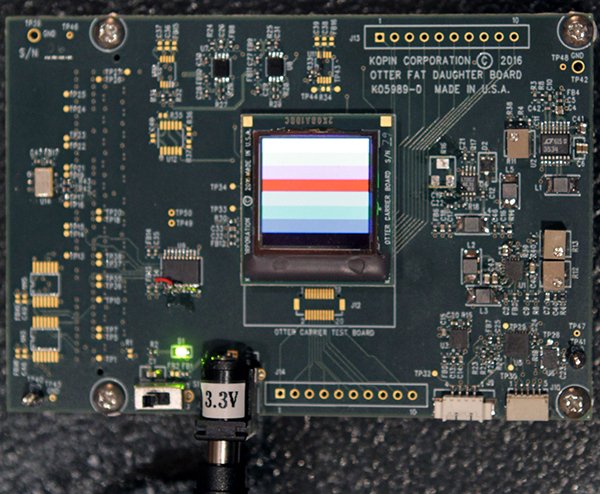
"Mobile" Virtual Reality - and Augmented Reality
Kopin's CTO, Dr. Hong Choi, answered some questions about subsequent development.
Assuming that Kopin's statements about performance size and energy consumption are all true, everyone naturally wants to know how much this would add to the current head-display device. Dr. Choi stated that they have not yet finalized the pricing, but "will be very competitive, or a bit higher than the current OLED screens of glass panels in Oculus Rift and HTC Vive." That is, the cost increase is either There isn't much, or the experience gained with their products is fully worth the price.
Dr. Choi further explained the lightning microdisplay he said when he was “ideal for mobile VRâ€. "'Mobile' VR in this case means that it is not connected to a 'fixed' PC, allowing people to move freely, and may also connect to a smartphone," he said. "Lightning OLED displays can of course also be used for desktop-class head-mounted displays, although power consumption and smaller form factors are not as important in this use case."
What he said is that Lightning Microdisplays can work in high-end desktop-class headlines such as Rift and Vive, but the real goal it aims at is the rapidly developing world of wireless heads-on weight, power consumption, size, and efficiency. The requirements are very high. This will include projects such as Intel's upcoming project Project Alloy and Microsoft's cooperation with some of the headlights, as well as Oculus's Santa Cruz all-in-one project.
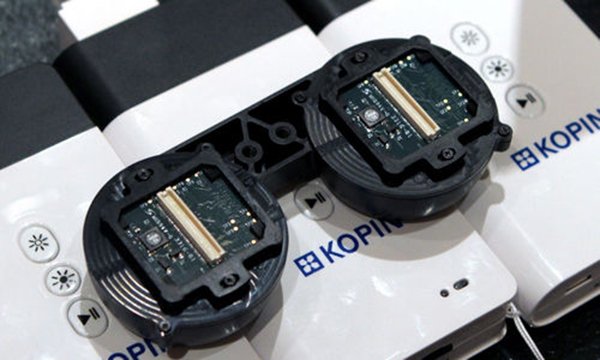
Note that basically the VR devices mentioned here are not ARs. Kopin claims that this Lightning microdisplay can be used for augmented reality. At first glance, it does not seem to make sense, because after all, they are not transparent screens, but despite this, there are many screens for augmented reality devices that are not transparent. But Dr. Choi claims that this is possible (transparent), but Lightning is not necessarily easy to use when faced with the real world because there is no improvement in brightness.
In general, transparent type augmented reality devices are implemented with transparent optical lenses and non-transparent display parts,†he explained. “Perspective optics have thin waveguides with a holographic structure (such as Hololens using Nokia technology), embedded waveguides ( In Lumus, multiple mirrors, partial reflection/transmission lenses (Seiko Epson), etc. These are optical ARs, which are not easily implemented in practice because they need to align real images with computer-generated images. On the other hand, most of the real world ARs are achieved by the video class AR. Digital information is overlaid on camera-captured video images, which is easier to implement and has fewer computational requirements.
He claims that in the augmented reality head-up, you can use an opaque micro-display and then add a "compact optical system." Despite this, he also mentioned that "For augmented reality use scenarios, high-brightness transmissive LCoS or reflective LCoS (with suitable optics) is currently more appropriate than OLEDs," but he pointed out that if OLED displays If the screens are sufficiently improved in terms of brightness, then they will easily find their place in the AR field.
In theory, you can also use the camera with Lightning display to do augmented reality. For example, Intel's Project Alloy uses this method to a certain extent, and the former Vrvana's Totem also uses this method.
Of course, it remains to be seen whether Kopin's statement and its success in the market can be observed, but it's important to note that, like eMagin, they are not a casual start-up smashing start-ups and have been around for nearly 30 years. . During this time it provided a variety of "wearable computing assets" for military, consumer, and industrial products, and Vuzix, Motorola, and Recon Instruments were all their customers. "The combination of Kopin's ultra-small display, innovative optics, speech enhancement technology, head-hand interaction, low-power ASIC, packaging, and system reference design enables customers to accelerate the development of consumer, industrial and military products. "The website is so described and stated that" there are more than 200 global patents and patents pending in these fields."
Kopin has just established a joint venture with Lenovo Capital and Incubator Group (LCIG) called “Lenovo's New Vision†and will focus on the AR headlights to B. In other words, it has a wealth of R&D resources, not to mention strong intellectual property portfolios and long-term relationships with manufacturers.
Logitech H800 Battery,Logitech Headset Battery,Logitech Headset Battery Replacement,Logitech Wireless Headset Battery Replacement
Shenzhen Sunwind Energy Tech Co.,Ltd , https://www.sunwindbatterylm.com